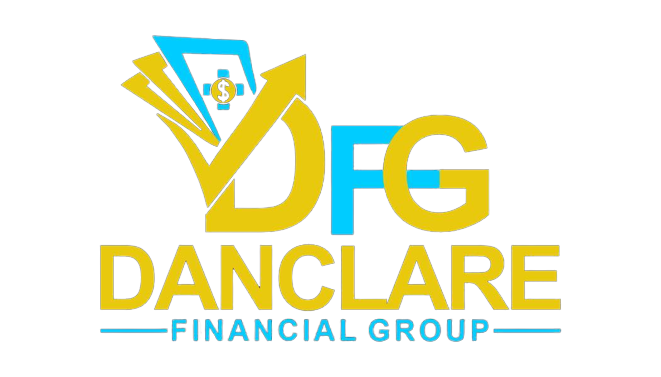FINANCIAL FUN FACTS
Whiskey for Taxes? The Wild History of U.S. Tax Payments

Did You Know? Taxpayers Once Paid Taxes with Whiskey!
Taxes and whiskey may not seem like they go hand in hand, and your doctor will probably dance to this tune considering you are now eating too many apples and it is costing them a lot, but did you know that in the early days of the United States, taxpayers could actually pay their taxes with whiskey? That’s right! Back in the late 1700s, the federal government taxed whiskey production, and in some cases, distillers and traders used barrels of whiskey as a form of currency to settle their tax debts.
The Whiskey Tax & The “Spirited” History
The Whiskey Tax was introduced in 1791 as a way for the U.S. government to generate revenue after the American Revolution. Many small distillers, especially in rural areas, preferred bartering with their goods rather than paying in cash—hence, whiskey became a common form of tax payment. However, this tax was highly unpopular, leading to the famous Whiskey Rebellion of 1794, where distillers protested against it. I keep wondering what it would be like to live by those terms in today’s world!
Fast Forward to Today…
While we cannot pay taxes with whiskey anymore (as fun as that may sound), one thing remains the same—tax season can be complex and overwhelming! And whew, as selfish as I may sound, I am glad because these changes are the reason for most of us being in employment today so I guess I am flowing with it. As sophisticated as the current systems have been designed to be, things are more streamlined and easier to formalize especially with the evolution of business, technology and the economic environment. I don’t know about you but I wish to experience these times in history just to get a feel of it. Curiosity perhaps?
Relax, sip your whiskey, and keep the taxman off your heels with smart financial planning. DANCLARE FINANCIAL GROUP will give you just the solid strategies to keep your taxes in check!


